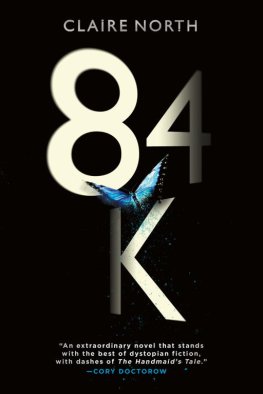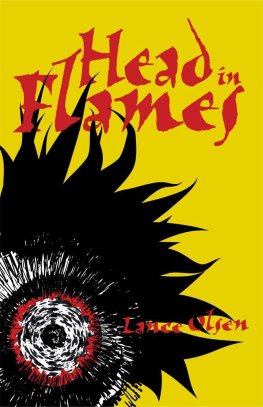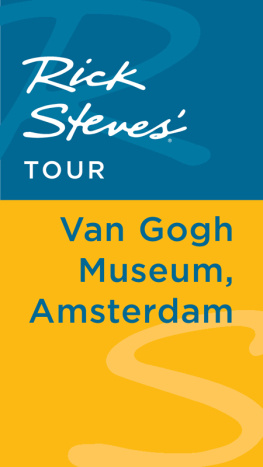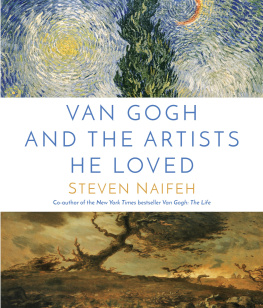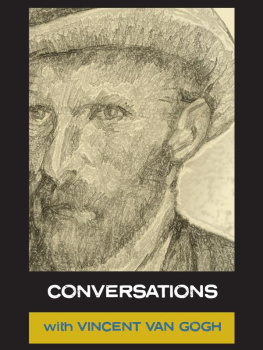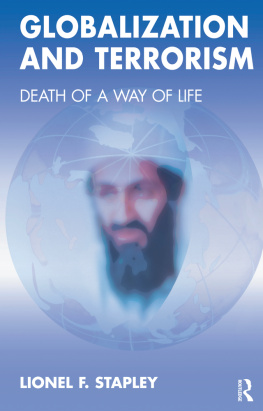Murder
in
Amsterdam
IAN BURUMA is currently Luce Professor at Bard College, New York. His previous books include Voltaires Coconuts, The Missionary and the Libertine, The Wages of Guilt, Inventing Japan, Gods Dust and Bad Elements . His most recent book, Occidentalism , was published by Atlantic Books in 2004.
This is the book Ian Buruma was born to write Buruma understands his characters motives better than they do All being well, this will be the only book he ever has to write about his native land. Simon Kuper, Financial Times
Illuminating Such a nuanced exploration stands in rebuke to much of the lazy polemic written about European Muslims today. Natasha Walter, Guardian
Absorbing and revealing An especially vital book for British readers now. Boyd Tonkin, Independent
Diligently researched This is a fine and balanced book A quiet warning that this horror could happen anywhere. Bryan Appleyard, Sunday Times
A thoughtful book on the assassination of controversialist film-maker Theo van Gogh. Murder in Amsterdam takes us into the disoriented, hate-filled lives of the Moroccan and Turkish immigrant community, exploding the niceties of laissez-faire multiculturalism. Justin Marozzi, Evening Standard Books of the Year
As well as showing there is a lot more to Holland than tulips and canals, [Buruma] elegantly dissects Europes attempts to cope with the new terrorism. Nick Cohen, Evening Standard Books of the Year
Bleak scenarios are tempered with wry observations An admirably lucid stance in a hysterical climate. Arwa Haider, Metro
A little wonder of fine, transparent, reflective reporting the best kind of writing. John Lloyd, Glasgow Herald
A wonderfully readable and provocative investigation of the problem, weaving through it the stories of a small group of characters who are central to the murder. Bill McSweeney, Irish Times
A revealing portrait of the country as it now is, a portrait far removed from more traditional images Burumas account of Fortuyn is one of the best available in English. Peter Mair, London Review of Books
[Burumas] reporting cant be faulted; he writes [] elegantly, and he gives a good and thought-provoking sense of the complexity of the cross-currents that inform this particular, and particularly strange, historical moment. Sam Leith, Spectator
Ian Burumas splendid new book [] produces a persuasive analysis of the rise of radical Islam in the Netherlands. Economist
If you dont read anything else before the end of the year, read Ian Burumas thoughtful, provocative essay on what happened when Theo van Gogh, an outrageous, often offensive film-maker, was murdered in Amsterdam by a young Morroccan Dutchman This is compelling stuff. Dont miss it. Julia Neuberger, Jewish Chronicle
Genius Buruma infiltrates the narcissistic milieu of van Gogh and Ali and navigates the world of Bouyeri brilliantly But it is on the complexities and contradictions of Dutch society that Buruma is best, the combination of judgment and guilt, prudishness and prurience. Robert Fox, The First Post (www.thefirstpost.co.uk)
A shrewd, subtly argued inquiry into the tensions and resentments underlying two of the most shocking events in the recent history of the Netherlands Mr. Buruma manages to pick up on nuances and historical threads that other writers might easily overlook [and] with great finesse, explores the sense of displacement and cultural alienation of [] young Muslim men drawn to Islamic fundamentalism. William Grimes, New York Times
Buruma addresses questions of political philosophy, moral accountability and mass psychology in the most rigorous possible way: journalistically. Christopher Caldwell, International Herald Tribune
First published in the United States of America in 2006 by
The Penguin Press, a member of PenguinGroup (USA) Inc., 375 Hudson Street,
New York, New York 10014, USA.
First published in Great Britain in hardback in 2006
by Atlantic Books, an imprint of Grove Atlantic Ltd.
This edition published in Great Britain in 2014
by Atlantic Books Ltd.
Copyright Ian Buruma 2006
The moral right of Ian Buruma to be identified as the author of this work has been asserted in accordance with the Copyright, Designs and Patents Act of 1988.
All rights reserved. No part of this publication may be reproduced, stored in a retrieval system or transmitted in any form or by any means, electronic, mechanical, photocopying, recording, or otherwise, without prior permission both of the copyright owner and the above publisher of this book.
Every effort has been made to contact copyright holders. The publishers will be pleased to make goodany omissions or rectify any mistakes brought to their attention at the earliest opportunity.
eISBN 9781782395652
Atlantic Books Ltd.
Ormond House
2627 Boswell Street
London WC1N 3JZ
A CIP catalogue record for this book is available
from the British Library.
www.atlantic-books.co.uk
For Hanca
Contents
ONE
Holy War in Amsterdam
TWO
Thank You, Pim
THREE
The Healthy Smoker
FOUR
A Dutch Tragedy
FIVE
Submission
SIX
A Promising Boy
SEVEN
In Memoriam

ONE
Holy War in Amsterdam
Ton (48), eyewitness to the murder of Theo van Gogh on November 2, 2004: I heard Theo van Gogh beg for mercy. Dont do it! Dont do it! he cried. I saw him fall onto the bicycle path. His killer was so calm. That really shocked me. How you can murder a person in such cold blood, right there in the street?
I had sleepless nights for weeks. Every night I see Theo van Gogh fall and Mohammed B. quietly finishing his job. Since then I trust very few people. Mohammed B. could be ones neighbor. If I say fucking nigger to a Surinamese, Im called a racist, even though he can call me a whitey. You can no longer say what you think these days. No, weve become foreigners in our own country.
NRC HANDELSBLAD , JULY 30, 2005
I t was the coolness of his manner, the composure of a person who knew precisely what he was doing, that struck those who saw Mohammed Bouyeri, a twenty-six-year-old Moroccan-Dutchman in a gray raincoat and prayer hat, blast the filmmaker Theo van Gogh off his bicycle on a dreary morning in Amsterdam. He shot him calmly in the stomach, and after the victim had staggered to the other side of the street, shot him several more times, pulled out a curved machete, and cut his throatas though slashing a tire, according to one witness.
Leaving the machete planted firmly in Van Goghs chest, he then pulled a smaller knife from a bag, scribbled something on a piece of paper, folded the letter neatly, and pinned it to the body with this second knife.
Van Gogh, a short fat man with blond curls, was dressed in his usual T-shirt and suspenders. Most people in Holland who watch TV or read the papers would have been familiar with this ubiquitous figure, known less for his films than for his provocative statements on radio and television, in newspaper and Internet columns, and in various courts of law, about everything from the alleged exploitation of the Holocaust by Jewish celebrities to the dangerous presence of a Muslim fifth column operating in Dutch society. He lay on his back, his hands stretched above his head, two knives sticking out from his chest, slaughtered like a sacrificial animal. Bouyeri gave the corpse a few hard kicks and walked away, without hurry, easy as could be, as though he had done nothing more dramatic than fillet a fish.


